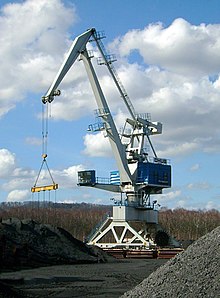A Few Facts About Wood Fence Panels
 In choosing fence materials, wood fence panels are more favored by people for three reasons: it looks more natural than plastic or metal fences, it is easily repaired, and it can protect against the elements for a cheaper price.
In choosing fence materials, wood fence panels are more favored by people for three reasons: it looks more natural than plastic or metal fences, it is easily repaired, and it can protect against the elements for a cheaper price.
Wood panels are made from among several types of wood, with each having many styles. The panels may either be untreated or chemically treated to resist weathering and insects. But even when treated, wood fence panels are not as durable as aluminum or vinyl.
Cedar, spruce, pine and cypress are common materials used to make wood fence panels. Once they are made, they are usually cut in 8-foot long sections. However, they can easily be made shorter if needed. The panels can be pre-styled in several ways – dog-eared, Gothic top, lattice, split-rail, among others.
Wood fences are usually pre-made, but may also be assembled on site. The panels may be joined in one of three ways – privacy, picket or post and rail. Privacy fences are about 6 feet tall or higher, and the panels are arranged adjacent to each other. Picket fences are shorter, about 4 feet tall, with the panels spaced apart. Post and rail fences are also short, and have 2-4 horizontal beams (the rails), with the posts at regular intervals.
Wood panels may be treated to make them last longer. Using a combination of pressure and preservatives, wood can be treated to better resist termites and fungi. Among the wood varieties, spruce and pine readily accepts treatment, while cedar does not normally need any treatment.
Wood fence panels are more suitable for suburban or countryside areas. In choosing a wood panel, one needs to consider the cost of wood and the overall design. Cedar is more expensive but also more durable, while pine is among the cheapest. A post-and-rail fence requires the least wood and is one of the cheapest designs, while privacy fences are the most expensive.
